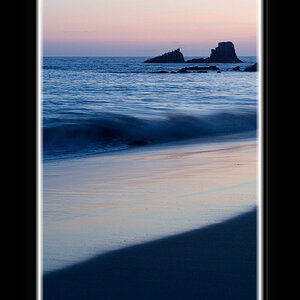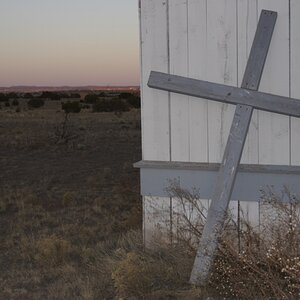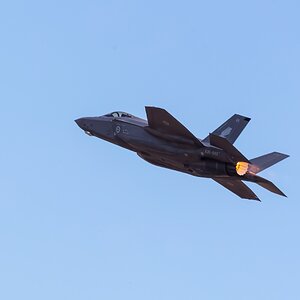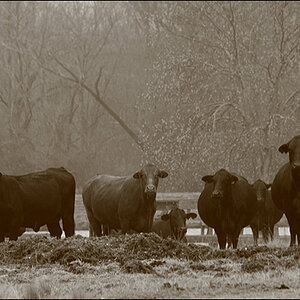PhotoGramly
TPF Noob!
- Joined
- May 29, 2017
- Messages
- 24
- Reaction score
- 0
- Location
- Sydney, Australia
- Can others edit my Photos
- Photos NOT OK to edit
A while back one of my friends who is a photographer asserted that using ISO intervals that are slightly higher than the "standard" ISO numbers most people would use (100, 200, 400, 800, 1600, 3200 etc.) would actually result in less noise on the higher end of the scale. So for example, using ISO 2500 instead of ISO 1600 (and adjusting other settings to maintain the same overall exposure) would lead to less noise.
It doesn't sound right to me, but it's proving difficult to look into cause how do you search for *that* with a succinct phrase? So I thought I would check here and see if anyone knows anything about it.
It doesn't sound right to me, but it's proving difficult to look into cause how do you search for *that* with a succinct phrase? So I thought I would check here and see if anyone knows anything about it.



![[No title]](/data/xfmg/thumbnail/37/37492-bafc92488a1ab17e4ca6603ee5b38376.jpg?1619738112)

![[No title]](/data/xfmg/thumbnail/37/37606-3c9ffb5906173fa2aa489341967e1468.jpg?1619738148)
![[No title]](/data/xfmg/thumbnail/33/33438-c1e2eee6aa4ea910422fd56d64fb49d4.jpg?1619735969)
![[No title]](/data/xfmg/thumbnail/33/33437-e75ccdc53ab9428f2dd0218e568181b1.jpg?1619735969)
![[No title]](/data/xfmg/thumbnail/37/37604-7ad625e983f92f880eb65a264eeef5e4.jpg?1619738148)

![[No title]](/data/xfmg/thumbnail/42/42023-bdd979ff50e78cc28479297780caeb90.jpg?1619739981)



